Strategic Planning: Why It Inspires Leaders But Intimidates Teams—And How to Bridge the Gap
- Porter O'Brien Team
- Sep 9
- 2 min read

"Strategic Planning" — that phrase often creates a very different reaction depending on where a person is in the hierarchy of an organization. Generally, members of the Board and C-level executives embrace it and use the process to help define their vision for the organization for the next 3 to 5 years. Members of the operational team and day-to-day staff generally look at those words with fear, worry and dismay. Why the difference? This disconnect isn't just common; it's one of the primary reasons strategic initiatives fail to achieve their intended impact.
The Executive Perspective: Vision and Direction
Setting a vision for an organization is a powerful step in business maturity. Creating the Vision (what do we want to achieve/where do we want to focus), the Mission (how will we get there/when and who are involved) is a key exercise in ensuring that a roadmap for the next few years is developed so everyone is rowing in the same direction. The Values of an organization shouldn't really change. Those are the stick that you use to measure whether what you're doing really fits with who you are and what is important to you ethically.
This is the role of the higher levels of an organization: determining the key strategies and broad areas of focus. These decisions are made with a fulsome understanding of the financial, operational and legislative climate that the organization is operating in, and have an awareness of what the variables and risks may be in the future.
Where Strategy Meets Reality: The Operational Challenge
Determining an implementation plan of these new goals and objectives is where the operational teams come into the discussion. They usually meet the thoughts of implementing a new plan with fear or worry because they undoubtedly already have a more than full schedule and cannot fathom adding something else to their daily tasks.
This reaction isn't resistance, it's organizational intelligence. These teams understand capacity constraints, resource limitations, and the practical challenges of execution that may not be visible from the boardroom perspective.
This is where a skilled facilitator helps smooth out everyone's ruffled nerves. The day-to-day team needs to provide input into implementation because they understand capacity, skills, and limiting factors. This exercise often provides clear insight into team capacities and skills analysis.
The Strategic Value of Professional Facilitation
Engaging an external party to develop a strategic plan is about more than best practices—it's an investment to uncover growth areas, identify and mitigate risks, and ensure training or resources are in place for succession planning and organizational growth.
Professional facilitation delivers measurable value by:
Bridging the gap between executive vision and operational reality
Conducting honest capacity and capability assessments
Creating implementation roadmaps that account for resource constraints
Establishing accountability frameworks that drive results
It's also an opportunity to see your organization through clear lenses. That facilitator can provide an implementation plan including how you'll measure progress, communicate the plan, and adhere to your organizational priorities.
The result? Strategic plans that energize rather than overwhelm your teams, and create sustainable competitive advantage rather than temporary disruption.
Ready to transform your strategic planning approach from an annual event into a competitive advantage? Let's discuss how professional facilitation can align your leadership vision with operational excellence.
For more information, contact Jacqueline Durnford at jackie@porterobrien.com




Comments